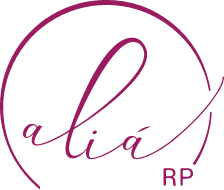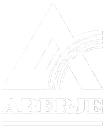Q&A (short for Questions & Answers) is a widely used tool in Public Relations strategies to prepare spokespersons, align internal teams, and strengthen communication around sensitive or complex topics.
Its main purpose is to anticipate questions that might arise from both external and internal audiences, such as journalists, partners, employees, or other key stakeholders. The goal is to provide clear, factual, and consistent responses aligned with the organization’s positioning.
When to Use a Q&A
- • During organizational restructurings or changes
- • Before interviews on regulatory or technical topics
- • In the midst of reputational or operational crises
- • For launches involving social or environmental impact
- • When preparing sensitive press materials
How to Structure It?
- 1) Identify key reputation risks: analyze the context and flag issues that might generate noise.
- 2) List likely questions: consider the perspective of the press and external stakeholders.
- 3) Develop clear, straightforward answers: ensure consistency with the brand’s tone of voice.
- 4) Validate with relevant departments: involve Legal, HR, technical teams, and leadership as needed.
- 5) Update as the situation evolves: the Q&A should be reviewed regularly.
Suggested Questions to Include in a Q&A
- • Does this change directly impact employees or customers?
- • Is the decision related to financial difficulties?
- • What is the projected timeline?
- • What measures have been taken to mitigate risks?
- • How is the company preparing to respond to criticism?
A Q&A does not replace other crisis management strategies, but it does help ensure that all public messages, especially those from executives or brand representatives, are aligned, well-grounded, and delivered with clarity and confidence.







